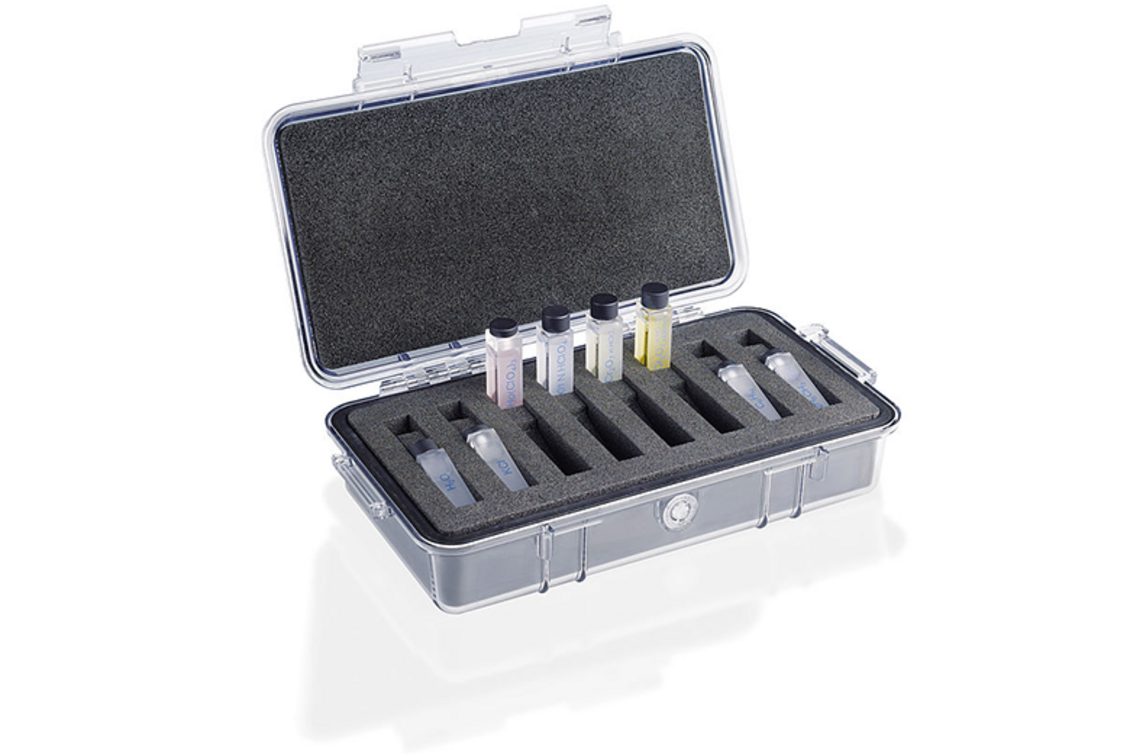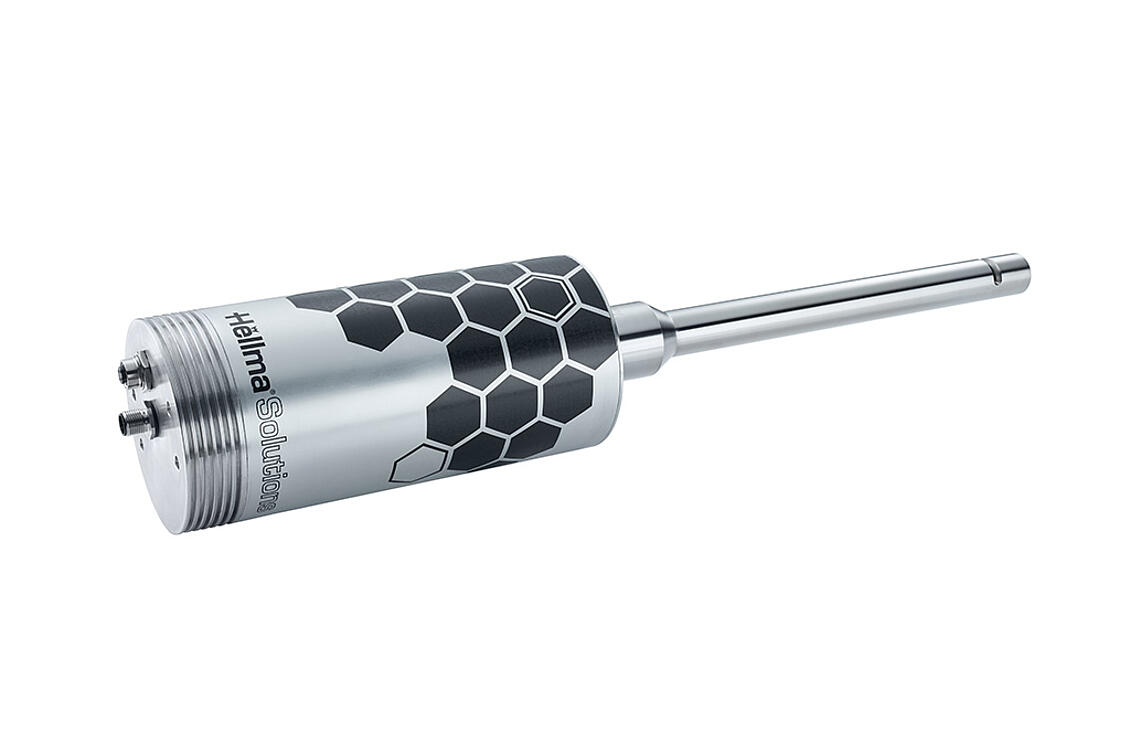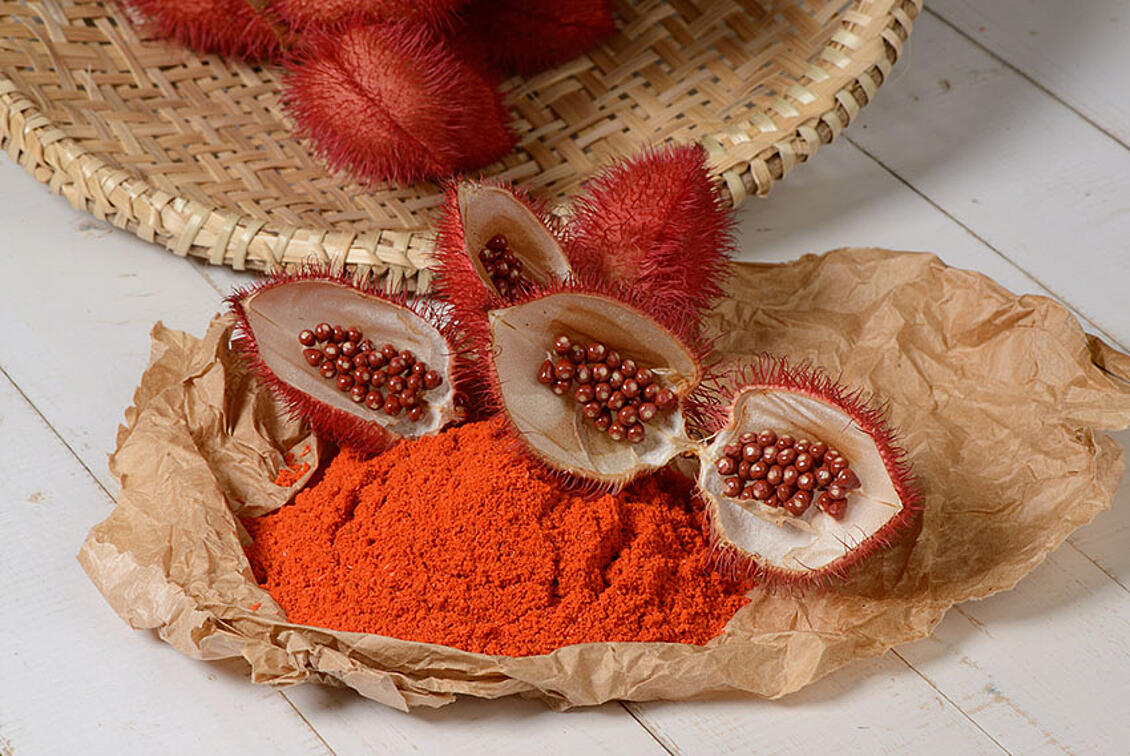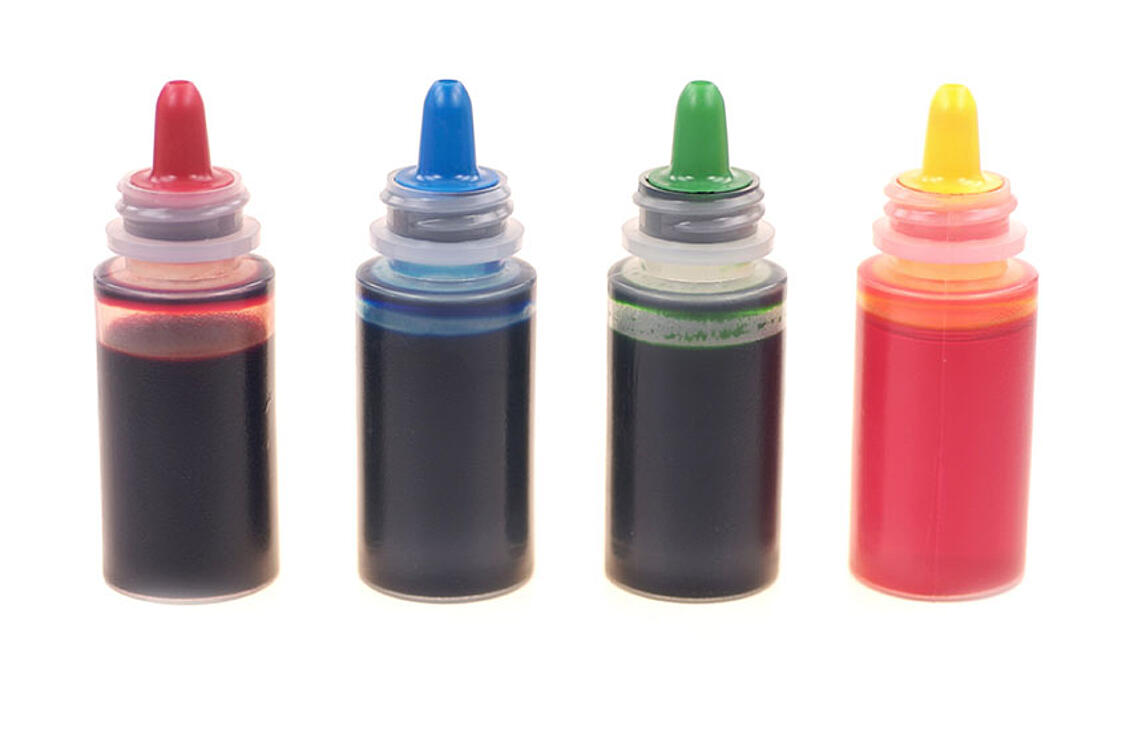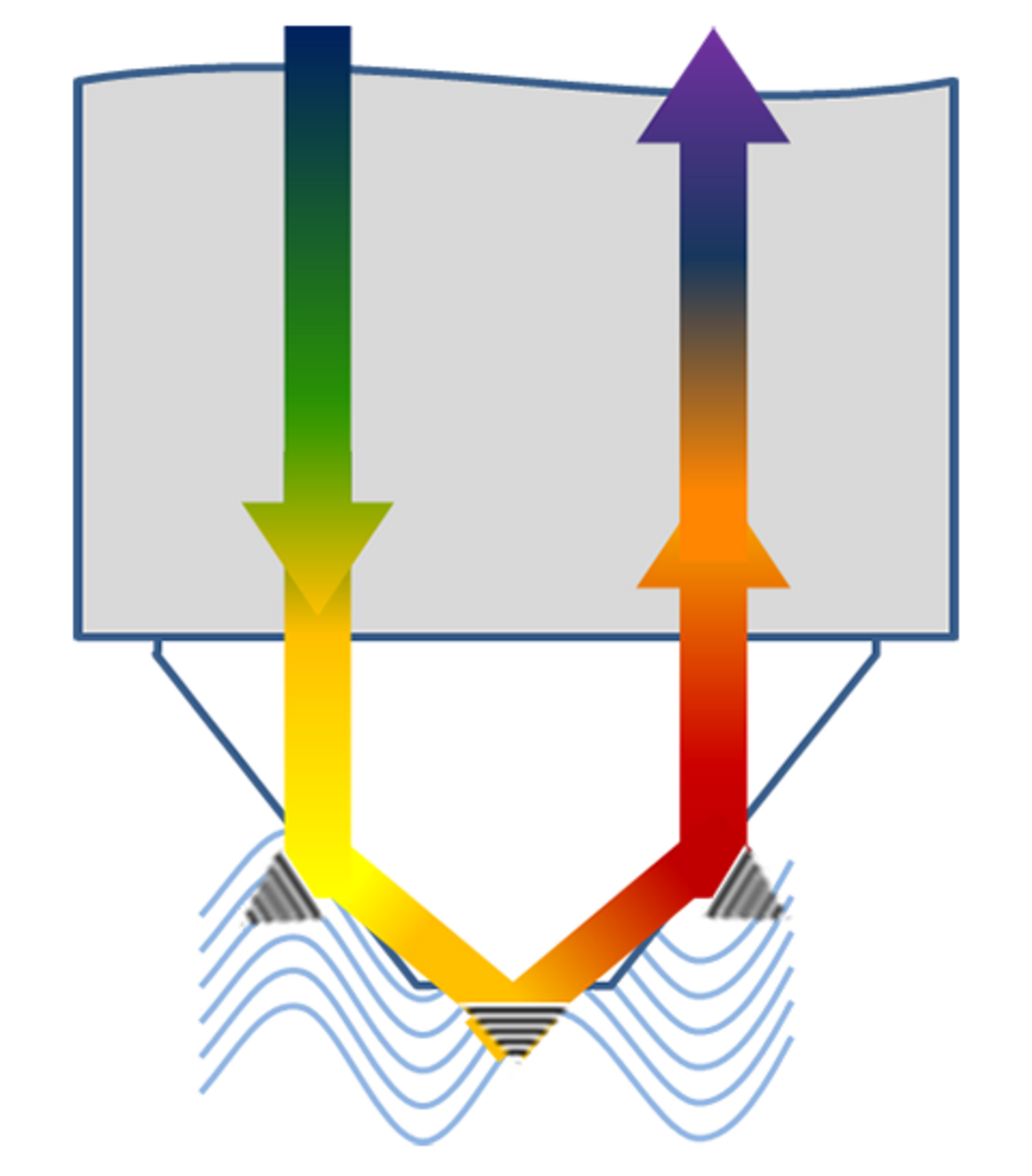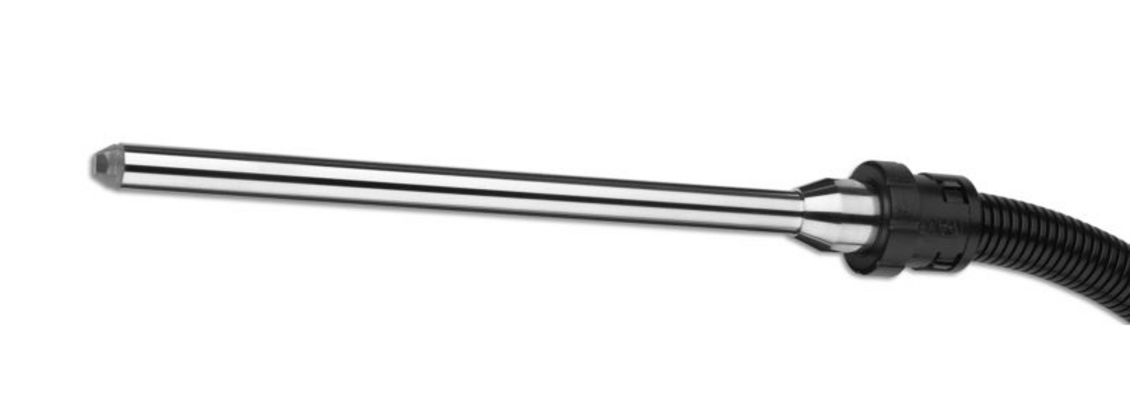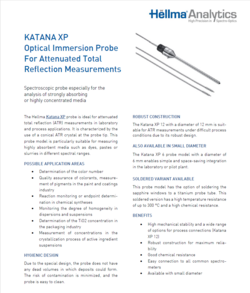Easier and more efficient than the sampling method in the laboratory is the determination of the dye concentration inline directly in the process using a spectroscopic immersion probe. This type of measurement enables precise and efficient determination of the dye content of the berry juice concentrate without prior dilution of the sample. A laboratory measurement to confirm the color values determined with the probe is thus only necessary once, shortly before the end of the ultrafiltration.
However, due to the high optical density and strong absorption of the undiluted dye, the use of conventional UV/VIS absorption measurements is out of question for this application. The spectrometer would only register noise without recognizable spectra.One way to overcome this limitation is to use a measurement method based on attenuated total reflection (ATR).
The Hellma ATR probe also allows measurements of highly absorbent liquids
In an ATR measurement, the medium flows around the prism of the probe and, depending on the optical density of the medium, the measurement signal is attenuated at each reflection at the boundary layer between the medium and the prism (evanescent field). This method allows the measurement of strongly absorbing samples where measurements in transmission would not be possible because total absorption would occur.
For ATR measurements requiring extremely high measurement precision, Hellma has developed the "Katana XP" ATR probe. It features a monolithic, high-precision sapphire measuring head that guarantees accuracy and reproducibility of the measurement results. Due to its hygienic design and compact construction, it can be easily and flexibly integrated directly in the reaction vessel.

